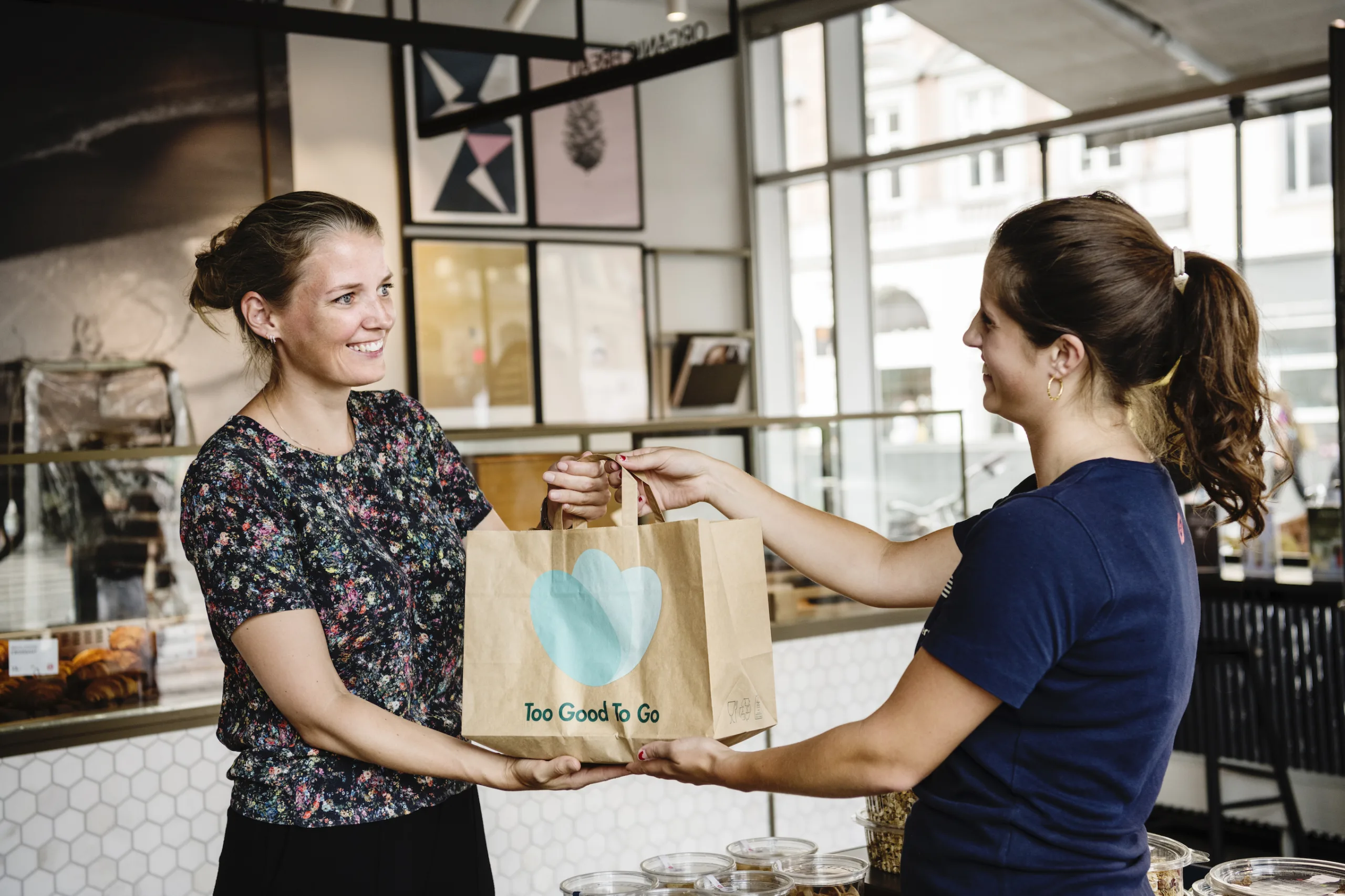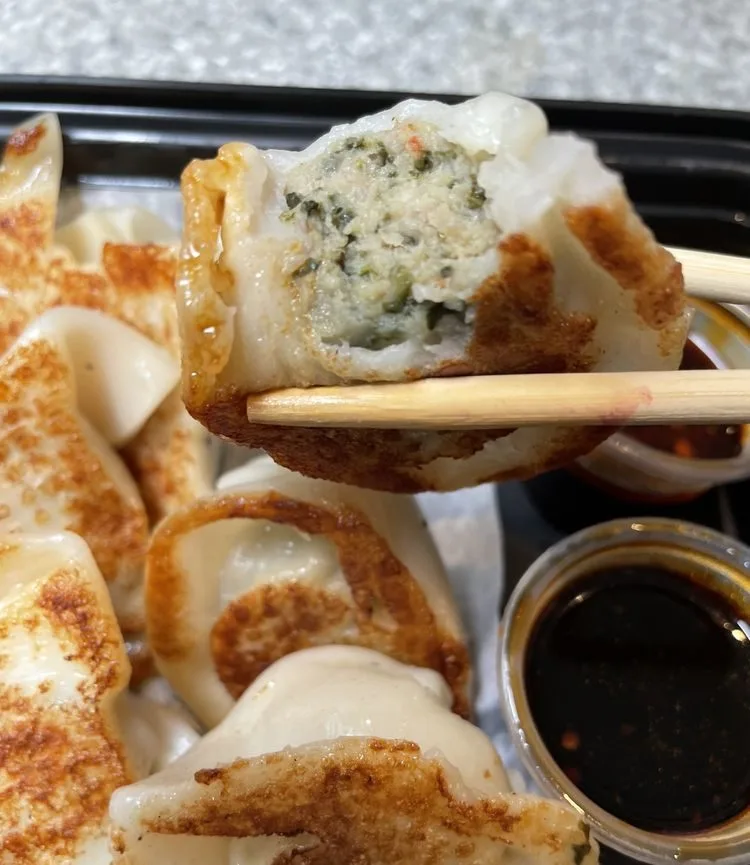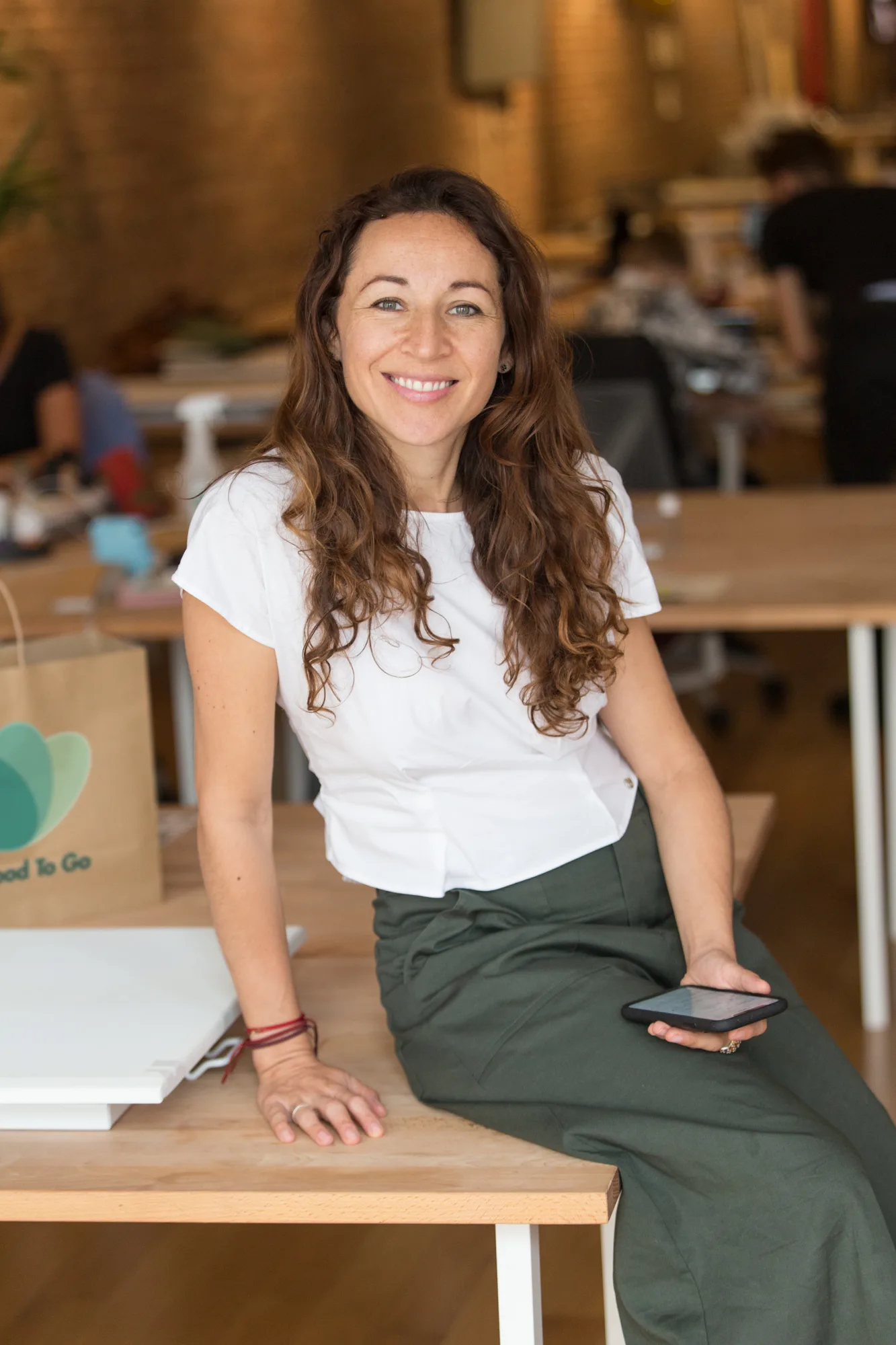How to monetize food waste with Too Good To Go
Meet the social impact company that helps small businesses get paid to rescue food destined for the trash.

Key business takeaways
- Signaling your commitment to sustainability can be a big draw for socially conscious customers, who are increasingly spending with their values
- Use the platform as a sampling exercise to get new customers in the door and excited about some of your less popular, but well-loved products
- Consider using your extra profits from Too Good To Go to donate to local food rescues, food banks, and other organizations fighting food insecurity
Chef Judy Ni, owner of bāo•logy in Philadelphia, dishes out modern Taiwanese food, from gwa baos (a Taiwanese street food) to noodles from her parents’ hometown. But her restaurant’s mission goes even deeper: bāo•logy seeks to increase access to fresh and nutritious food—and that includes eliminating food waste.
“I’m the product of two immigrants who came to this country with very little, and we grew up with scarcity,” Judy said. “There was always a no-waste cooking mentality in the home. You get a whole chicken, you break it up, you keep the bones, you make stock out of it, and you put all the ingredients that were scraped into it. We follow a similar philosophy in the shop.”

Judy’s entire menu is designed to be zero-waste, using only locally sourced ingredients. But even with all that careful planning, mistakes still happen—say, a potsticker rips. It’s still perfectly good, but not something Judy would serve to customers. Normally, she said the team would eat it themselves or throw it away. Now they have another outlet: Too Good To Go.
Fully established in 12 United States cities and expanding rapidly, Too Good To Go partners with local food service businesses—including grocery stores and bakeries, as well as restaurants—to save surplus food from the trash. While most food banks can’t accept one-off deliveries or damaged meals, Too Good To Go prompts customers to pick up a “surprise bag” at the business’ convenience.
“It’s a win-win for everyone,” Judy said. “Whoever is getting that at the end of the day, they hopefully enjoy it, and they’re contributing to [our zero-waste efforts] as well.”
By monetizing food waste for small businesses, the platform has saved 145 million meals and served 59 million customers globally. Too Good To Go takes a flat fee of $1.79 per purchase to operate the platform, and business owners keep the rest of the profits—with the added bonus of bringing in new customers who might become regulars down the line.
Yelp spoke with food rescue advocates and Too Good To Go’s team to learn more about how this platform can fit into your business’s marketing mix and sustainability strategies.
The costs of food waste
No business owner sets out to create food waste. But it occurs at every point in the supply chain, sending about 40% of the U.S. food supply to the landfill—40% of which comes from restaurants, grocery stores, and other food service businesses.
“When you are a cook or you’re an owner, it takes so much effort and so many resources to actually create your products; to throw them away—it’s painful,” said Gaeleen Quinn, U.S. head of impact at Too Good To Go. “However, the impact on the environment is even greater. Many people don’t know that 12% of global greenhouse gas emissions are due to food waste.” (Other estimates range from 6-11% percent.)
The U.S. Environmental Protection Agency quantifies the cost of food waste like this: If the country’s food waste were a farm, it would be the size of California and New York combined. It would drain the annual water use of 50 million American homes. And it would be nutritious enough to feed more than 150 million people each year, far more than the estimated 35 million Americans who lack access to nutritious and affordable food.
Creating value from food waste
Everyone wants to donate food to help others, especially small business owners, who are often pillars in their community. But there are many times when donation is simply not feasible—say, a restaurant has a few rolls of sushi or a single pizza left over at the end of the day. Food rescues can’t afford to make those pick-ups before the items spoil. Worse, a donation can end up creating more waste for a food rescue if it does not meet their clients’ cultural or nutritional needs.

“Too Good To Go is creating value that would’ve otherwise gone into the trash,” Gaeleen said. “We’re food lovers, so bringing back the value of food and the value of all the resources that have taken to create that food is super important.”
The platform helps business owners repackage surplus food into a “surprise bag,” which customers pick up within a set window of time. It might be a missed meal from a Grubhub order, leftover portions from a salad bar, or a dozen extra donuts that didn’t sell. No matter the contents, it’s food that the business would have sold today but can’t sell tomorrow—typically for food safety or storage reasons.
Not only that, but the food on Too Good To Go is sold at a steep discount: Each business owner decides on the contents and value of the bag, which ranges from $12-$20, to be sold at a 70% discount. Keeping the bags at a lower price point helps increase accessibility to prepared meals for people who have trouble buying food, but may not want to go to a food bank or shelter.
“There’s a lot of hungry people who don’t want donations: college students, medical students, nurses, single moms,” said Abbe Stern, food pharmacy manager for the Children’s Hospital of Philadelphia, who previously helped launch Too Good To Go in Philadelphia. “Too Good To Go gives them a resource where they can use their money, pick the restaurants that they wanna go to, and choose when they show up to pick up that food. So now not only are they getting a discounted meal, which they definitely need, but they’re helping the environment by reducing waste, and they have full autonomy.”
But perhaps the greatest value of Too Good To Go is its convenience—for both customers and business owners. “It also allows the [business] to make a sustainable decision in a very easy way,” Gaeleen said. “Instead of having to fill up an inventory or go to the backend of an app and itemize all these different things, [Too Good To Go] puts everything together in a bundle that is equivalent to a certain value, and that’s what our consumers pick up.”
Surprise (bag) and delight
Many small business owners are familiar with the term “surprise and delight”—a marketing tactic that entices customers with an added bonus or special touch they weren’t expecting. What if you took that “surprise” literally?
With Too Good To Go, customers know the type of food they will receive, but they don’t know what’s in the bag. Gaeleen said: “There is this surprise element, which is kind of cool because they’re like: ‘What am I gonna get this time? And how is that gonna be different from the one that I had yesterday?’” Many customers even compare what they receive in local Facebook pages, chasing that next, unique experience.
The Too Good To Go audience includes regulars, but it also consists of curious customers who are willing to try something new for a discount. Do you offer something that customers rarely order, but might be hit? Put it in the bag, and they may come back and purchase it at full price.

“I discovered [Yellow Bicycle Canteen] on the Too Good To Go app and I’m so happy that I did!” wrote Yelp reviewer Lisa D. about a vegetarian cafe in Philadelphia. “I will definitely be adding this into my lunch spot rotation,” added Kate D., another Too Good To Go customer.
“It’s a great marketing tool because it brings consumers in the door,” Gaeleen said. “Actually, many of our partners use Too Good To Go as a kind of sampling exercise [for customers]. It’s an opportunity to mix different foods and try other things that would otherwise not be tested.”
Lastly, Too Good To Go is an opportunity to show that you’re committed to sustainability. By simply signing up, you can market a food waste management plan to consumers who want to show their support for eco-friendly businesses. And if you don’t want to profit off of the platform, Abbe suggests creating a savings account to donate back to a local food rescue or environmental organization.
“What we’re building is really a community of waste warriors,” Gaeleen said. “Our consumers who join the platform also care about the environment and want to fight food waste. We also want to make sure that we give the opportunity to restaurateurs and operators to join us, so that they also become part of the solution.”
How to get started
Any business with surplus food—from fresh produce to prepared meals—can join Too Good To Go. To sign up, simply go to its website, and the team will reach out. Business owners not in participating locations will be first to join when Too Good To Go expands into their local area.
However, Too Good To Go is just one part of the solution.
Learn more about how local businesses can donate food through 412 Food Rescue and its app, Food Rescue Hero, which is currently being used in 16 cities in North America. To find a local food bank to support in your community, visit Feeding America’s website. Lastly, visit Yelp’s Sustainability Resource Hub to check out our new eco-friendly attributes, additional resources, and more.

